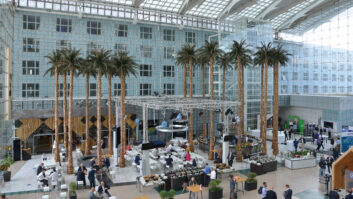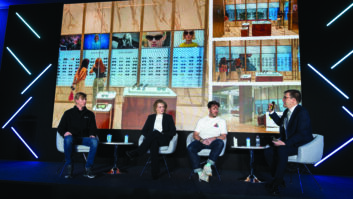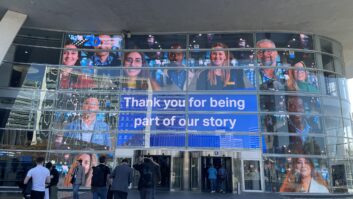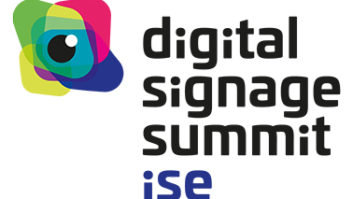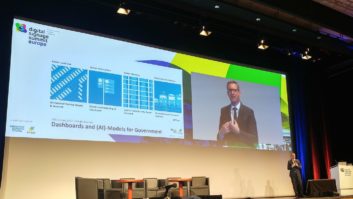
Florian Rotberg, managing director of invidis consulting, offers some observations on the European digital signage market in the second half of 2015.
The digital signage year 2015 will once again see double-digit growth. If the economy remains as strong as in the first half of 2015, most European markets will grow faster than in 2014. Uncertainties are obviously in Russia and Greece – but their impact on digital signage should remain geographically limited.
A more prominent influence on the development of digital signage is the continuous weakness of the euro versus the US dollar. In particular, the unfavourable exchange rate has forced display vendors to raise prices by up to 10% – the first time in more than seven years that display prices have risen. The fierce competition in the display segment has put additional pressure on margins, especially as most long-running project contracts guarantee fixed pricing conditions that don’t include exchange-rate changes. Also costs of media players as well as other AV/IT components will rise moderately due to the strong dollar.
Other currency exchange-related challenges are being faced by Swiss integrators and service providers due to the strong Swiss franc. As a result they have strengthened their focus on the small but lucrative domestic market and scaled down their exposure in the eurozone.
Consolidation
As the industry grows and matures, consolidation becomes a pressing issue. Digital signage projects that are more global require systems integrators with large international operations and access to competitive project financing. End-users expect innovative financing options.
International IT systems integrators and service providers unrelated to digital signage are increasingly entering the market; these are typically global enterprises with a technology and digital transaction background. In the past they seemed reluctant to invest in digital signage as demand was too low and lacked opportunities to scale. The international blue-chips are also bringing ERP, CRM and e-payment/transaction competence to the market, offering digital signage corporate end-users the chance to leverage Big Data, analytics or other highly database-driven communication.
More and more, digital signage is becoming a fully integrated information, communication, retail, building automation or digital media solution. Hardware is becoming a commodity and is less in focus – current concepts are dominantly hardware agnostic. Social media content components are a must-have in most digital signage concepts: displays make an efficient public touch point for social media. Near-live Twitter feeds or Facebook postings are an excellent content addition and animate customers to interact.
Retail changes
A driver for fully integrated digital signage is shopfitting. Retail design, furniture as well as light and communication designs are incorporating digital media from scratch. That means sufficient space for service access, cables and future-proof design are being considered much more often in the design and planning phase.
In addition, projects tend to be much more dynamic than in the past. Most projects will see considerable add-ons during the typical five- to eight-year lifespan. Customer expectations, global trends and emerging technologies are more likely to be integrated or attached to existing concepts; usually the network operator cannot wait until a new digital signage generation is rolled out.
Integration of on- and offline activities, like click-and-collect or the opposite concept, extended shelf, are very common. Unfortunately most of the concepts fail as the user experience, including the user interface, is not adapted to the new environment. A webshop design just doesn’t work on a large-format display on the retail floor. Virtual shelves need to be positioned as close as possible to the point of decision (for instance, in changing rooms).
RFPs and tenders tend to be set up with more global reach, split in separate working packages. Primarily customers are striving for group-wide and global standardisation of digital signage as well as conference/facility management. The time is over where most projects are launched locally without connecting to essential databases.
Some tenders are being separated into plan, build and run blocks. We don’t believe splitting up and awarding digital signage projects in these three separate lots will offer additional advantages to the customer. Technology advances very fast during a typical five-year lifecycle. Customer demands are continuously changing so the systems integrator should be in the driver’s seat across all three phases to ensure a holistic solution.
invidis consulting is organising the OVAB Digital Signage Summit (Munich, 10-11 September).
Installation’s Digital Signage Technology Guide contains a preview of the Summit and an interview with Florian Rotberg.
